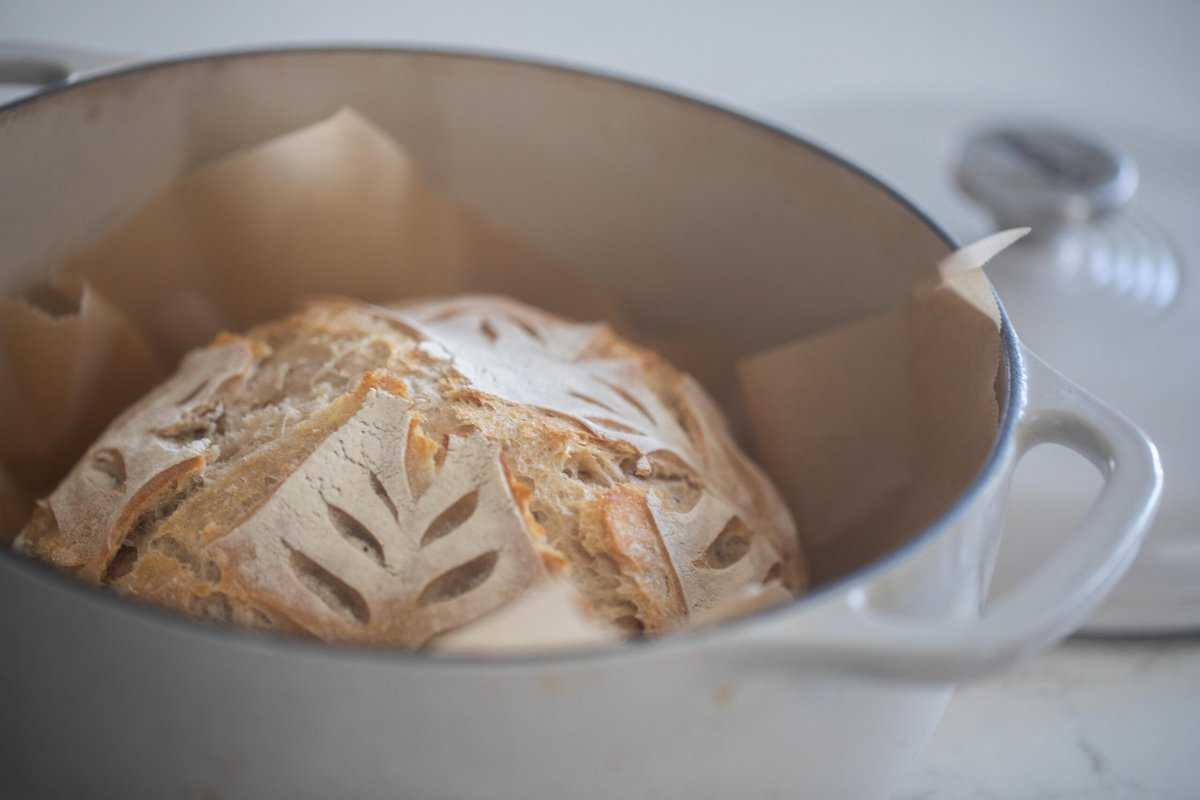Having a sparkling clean kitchen is every home chef's dream, and it starts with maintaining every element, including the faucet head. The kitchen faucet is one of the most frequently used fixtures, yet it is often overlooked during cleaning rituals. In this article, we will provide exclusive, unmissable, and life-changing tips on how to clean kitchen faucet head to ensure it remains germ-free and functions efficiently. These easy-to-follow steps are approved by professionals and utilize the latest cleaning technology.

Why Cleaning Your Kitchen Faucet Head is Important
The faucet head can accumulate grime, hard water deposits, and bacteria over time. These build-ups can affect the water flow and even cause unwanted odors. Moreover, a dirty faucet head is unappealing and can reduce the overall aesthetic of your kitchen.
By regularly cleaning your kitchen faucet head, you:
- Ensure continuous, smooth water flow.
- Maintain hygienic kitchen space.
- Extend the life of your faucet.
- Enhance the overall appearance of your kitchen.
Tools You Will Need
Before diving into the cleaning process, gather the following tools and ingredients:
- White vinegar
- Baking soda
- A small scrub brush or old toothbrush
- A plastic bag
- Rubber bands or twist ties
- Clean cloths
- Screwdriver
- Pliers

Step-by-Step Guide on How to Clean Kitchen Faucet Head
Step 1: Removing the Faucet Head
To start, carefully remove the faucet head. You might need a screwdriver or pliers to loosen it, depending on the make and model of your faucet. Loosening the faucet head is necessary to clean all individual components effectively.
Step 2: Applying White Vinegar
Pour white vinegar into a bowl and submerge the faucet head parts into it. Vinegar's acidic nature helps to dissolve hard water deposits and disinfects the surface. Leave the parts soaking for at least 30 minutes.
Step 3: Scrubbing and Rinsing
After soaking, use a small scrub brush or an old toothbrush to scrub away any remaining grime. Rinse each part thoroughly with warm water to remove vinegar residue.
Step 4: Using Baking Soda for Stubborn Stains
If there are still stubborn stains or build-ups after vinegar treatment, make a paste of baking soda and water. Apply this paste to the troublesome areas and scrub gently. Baking soda acts as a gentle abrasive and helps lift any persistent grime.
Step 5: Reassembling the Faucet Head
Once all parts are clean and dry, reassemble the faucet head. Make sure each component is securely fitted to prevent any leaks. Run water through the faucet to check that everything is in working order.

Maintenance Tips to Keep Your Faucet Head Clean
Regular maintenance will save you from deep cleaning often. Here are some quick tips:
- Wipe the faucet head with a clean cloth every day.
- Once a month, soak the faucet head in vinegar to prevent build-up.
- Consider installing a water softener if you have hard water.
Common Issues and How to Troubleshoot
While cleaning your faucet head, you might encounter some common issues. Below are some troubleshooting tips:
- Reduced Water Pressure: This can be due to clogged holes. Ensure all debris is cleaned out of the small holes in the aerator.
- Leaky Faucet: Ensure all seals and washers are intact and properly placed when reassembling your faucet head.
- Unpleasant Odor: Regular cleaning and maintenance can prevent this, but soaking with vinegar usually helps to eliminate odors.
Can You Use Other Cleaners?
While white vinegar and baking soda are highly effective and safe, you can also opt for commercially available faucet cleaners. Ensure they are compatible with your faucet material to prevent damage.
For more detailed cleaning guides, you can check this out. Alternatively, you might find this guide useful.
Frequently Asked Questions
How often should I clean my kitchen faucet head?
You should clean your kitchen faucet head at least once every month to prevent build-up. Regular maintenance, such as wiping down the faucet head daily, can extend the time between deep cleanings.
Can I clean the faucet head without removing it?
Yes, for a quick clean, you can fill a plastic bag with vinegar, secure it around the faucet head with a rubber band, and let it soak overnight. This method is less thorough but still effective.
What if my faucet head is made of a sensitive material?
If your faucet head is made of a material that could be damaged by vinegar or baking soda, consult the manufacturer for recommended cleaning agents and methods.
As an Amazon Associate, I earn from qualifying purchases.






Leave a comment
This site is protected by hCaptcha and the hCaptcha Privacy Policy and Terms of Service apply.